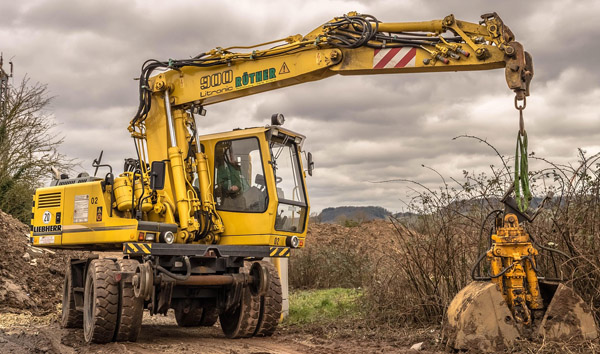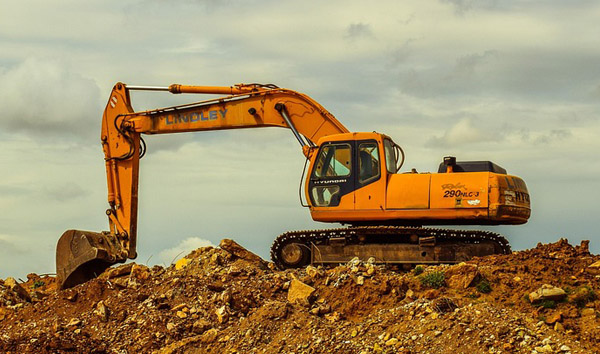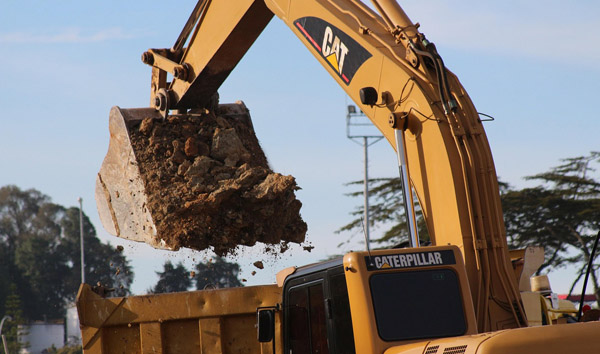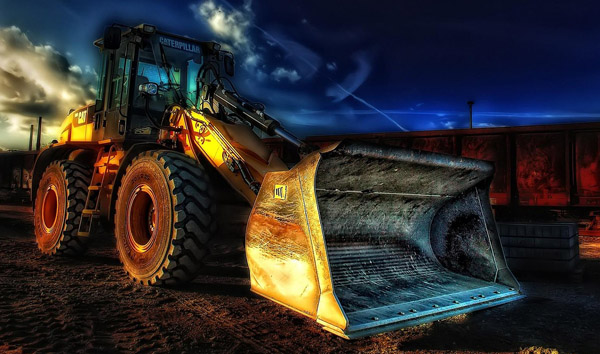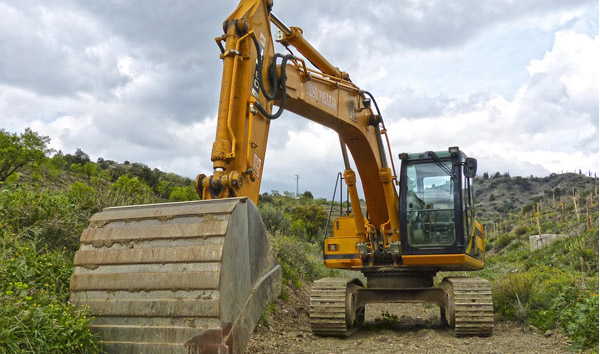Navigating the Rugged Terrain: A Deep Dive into All-Terrain Forklift Specifications
2025-07-26 05:15:31
All-terrain forklifts are engineered to handle demanding outdoor environments, combining power, stability, and adaptability. This report examines their key specifications, including load capacity, engine performance, tire configurations, and safety features, providing insights for industries reliant on heavy-duty material handling in uneven terrains. All-terrain forklifts are indispensable in industries such as construction, agriculture, and logistics, where uneven or rough surfaces are common. Unlike standard forklifts, these machines are built with reinforced chassis and high-torque engines to navigate mud, gravel, and slopes effortlessly. Key specifications include load capacities ranging from 3,000 to 15,000 kg, ensuring versatility across different operational needs. Additionally, their ground clearance often exceeds 300 mm, preventing undercarriage damage on rocky or debris-laden surfaces.
Engine performance is a critical factor in all-terrain forklift specifications. Most models are equipped with turbocharged diesel engines, delivering between 50 to 150 HP, depending on the application. These engines are designed for low-end torque, enabling smooth operation on inclines and rough patches. Fuel efficiency is another consideration, with advanced models incorporating hybrid or electric powertrains to reduce emissions. The inclusion of all-wheel-drive (AWD) systems further enhances traction, ensuring stability even in slippery or loose terrain conditions.
Tire configurations play a pivotal role in the functionality of all-terrain forklifts. Pneumatic or solid rubber tires with deep treads are standard, providing superior grip and shock absorption. Some models feature oscillating axles or independent suspension systems to maintain balance on uneven ground. Tire pressure monitoring systems (TPMS) are increasingly common, alerting operators to potential issues before they escalate. These specifications ensure minimal downtime and maximum productivity in challenging environments.
Safety remains a top priority in all-terrain forklift design. Roll-over protection structures (ROPS) and falling object protective structures (FOPS) are mandatory in most jurisdictions. Advanced models include load-sensing hydraulics to prevent tipping, as well as LED lighting for improved visibility in low-light conditions. Operator cabins are often ergonomically designed, with shock-absorbing seats and intuitive control panels to reduce fatigue during extended shifts. These features collectively enhance both operator safety and equipment longevity.
In conclusion, all-terrain forklifts are engineered to meet the rigorous demands of outdoor material handling. Their specifications—ranging from robust engine performance to specialized tire configurations and advanced safety systems—make them indispensable for industries operating in unpredictable terrains. As technology evolves, we can expect further innovations, such as autonomous navigation and AI-driven load optimization, to redefine the capabilities of these versatile machines. For now, selecting the right all-terrain forklift hinges on aligning its specifications with the specific challenges of the job site.




